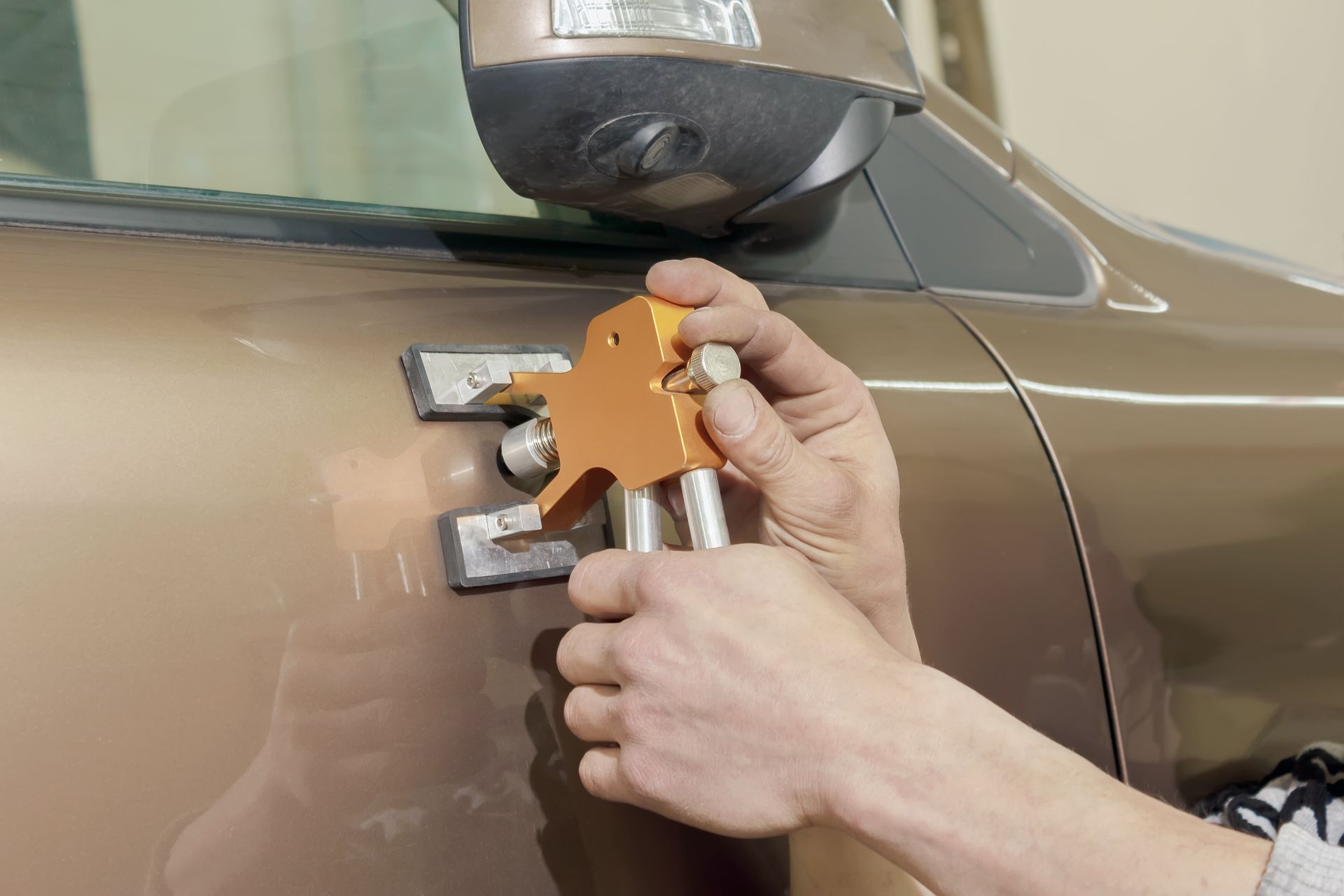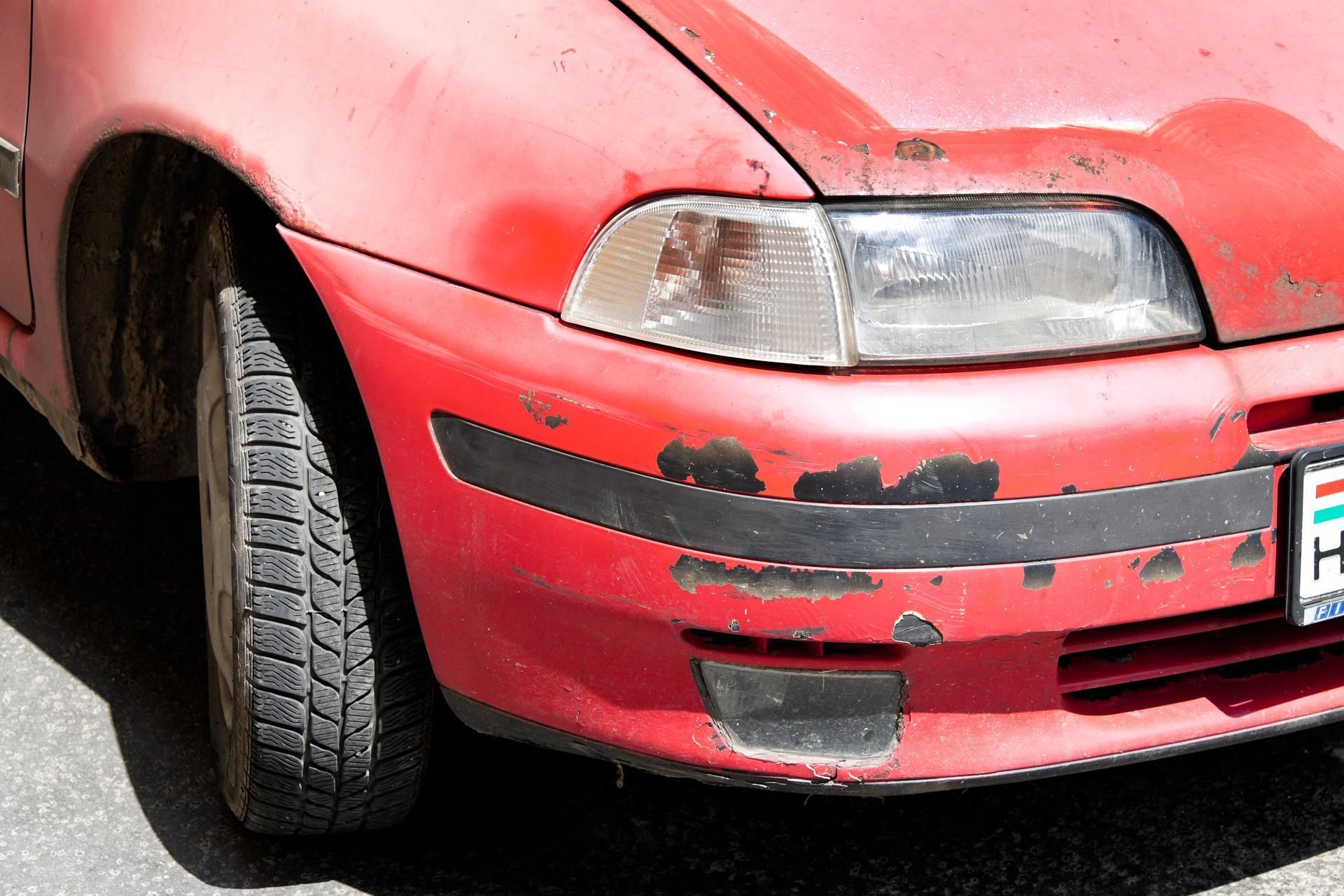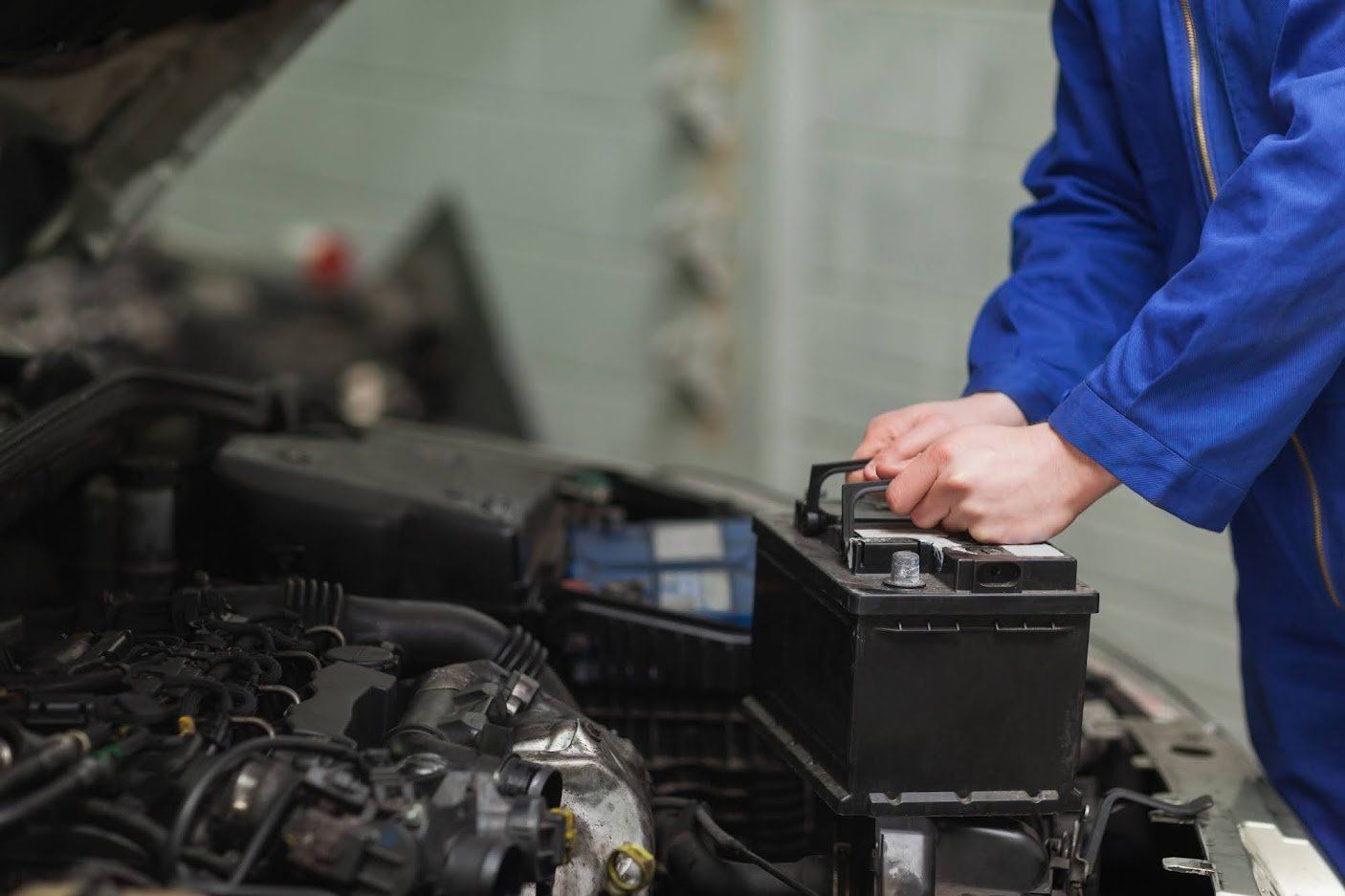Is It Just a Scratch? How To Evaluate a Car Dent's Impact

As a car owner, dents and scratches on your vehicle can be frustrating and can negatively affect its overall appearance. While some dents are only superficial and can be easily repaired, others may require more extensive work and could be potential safety hazards.
So, how do you determine the severity of a dent on your car? Learn about a few things you can do to assess the damage and know for sure.
Look For Bumps and Bruises
Bumps and bruises on your car's surface are initial indicators of the extent of the damage. In some cases, what may appear to be a minor dent at first glance might have caused underlying structural issues that aren't immediately visible.
For instance, a huge bump could indicate an inward dent, which implies unseen damage to the car's frame. If unnoticed, such damage can compromise the structural integrity of the vehicle, affecting its safety and performance.
An indent might even affect how the car's doors close or how well the hood or trunk aligns with the rest of the body. This is usually more than just a cosmetic issue that you can't easily ignore.
Superficial dents in the form of minor bruises or bumps usually only affect your car's surface layer, typically the paint or clear coat. These issues are often repairable with simple techniques like paintless dent removal or buffing.
Paintless dent removal is a cost-effective and non-invasive repair method that involves using specialized tools to massage the dent out from beneath the surface. Buffing involves using a polishing compound to gently remove scratches and restore the shine of the damaged area. These are just temporary fixes that can't fix underlying structural damage, if any.
More profound dents that cause sizable bumps may have affected deeper layers of your car, such as the primer or metal body. The primer offers weather protection and is a crucial layer beneath the paint. If it's dented, moisture can get in and cause rust that can easily spread to other parts of your car.
Visible damage to bare metal, such as scratches or gouges, will require repainting to prevent further damage—but only after fixing the underlying dent through professional techniques such as sanding, filling, and painting.
Check for Flexibility
To explore the dent's severity further, you can perform a simple flexibility check. This test involves gently pressing the dented area and observing how the metal responds.
Superficial dents caused by low-impact incidents will typically have a higher degree of flexibility. The metal around these dents can bounce back to its original shape when lightly pressed. This flexibility is a positive sign, indicating that the damage is likely restricted to the surface layer and can be easily fixed with minor repair techniques such as paintless dent removal or buffing.
However, if you notice a lack of flexibility and the metal does not move back into place, this is a cause for concern. The rigidity implies that the dent has penetrated deeper than the surface layer and affected the car's structural integrity. This could mean that internal components or the frame itself have been bent or warped due to a high-impact collision.
In such cases, professional repair methods may be necessary to restore the vehicle to its original state. This might include techniques like sanding, filling, and repainting, or even more extensive repairs, depending on the severity of the internal damage.
Sanding involves smoothing out the damaged area with sandpaper, while filling involves using putty or body filler to level out the surface. Repainting ensures a seamless finish to restore the surface's appearance. If the damage is too severe, you may need to replace a few parts or perform more extensive bodywork.
At Coats Auto Body & Paint, we understand that each dent, no matter how small or big it may seem, requires careful assessment to determine the appropriate repair method. Our team has the skills and knowledge to handle all types of dents and damage on your vehicle. Don't ignore even seemingly minor dents, as they could indicate underlying issues that can worsen over time. Contact us for professional dent repair and keep your vehicle looking its best.
Browse Our Website
Contact Information
Hours of Operation
- Mon - Fri
- -
- Sat - Sun
- Closed















